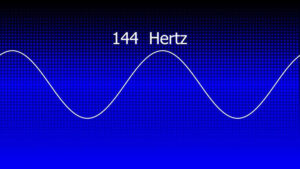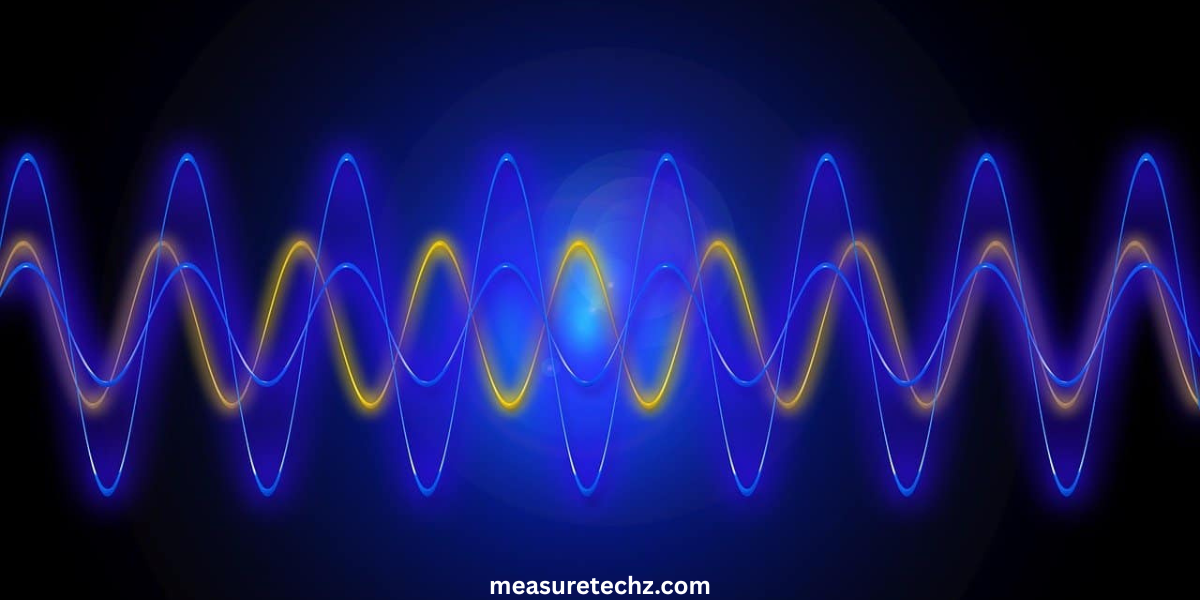Have you ever wondered what “Hz” really means when you see it on your speakers, monitors, or even your microwave? Hertz (Hz) is a fundamental unit of frequency that measures how often something occurs in one second. Whether you’re an electronics hobbyist, an audio engineer, or just someone curious about the devices around you, understanding how to measure Hz frequency is a useful and empowering skill.
How to Measure Hz Frequency with a digital multimeter, make sure your device has a “Hz” (Hertz) setting. Start by turning the dial or function switch to the “Hz” symbol. Once you see “Hz” appear on the screen, your multimeter is ready to measure frequency.
In this guide, we’ll break down the concept of frequency in simple terms and show you exactly how to measure it. We’ll explore the tools you need, step-by-step methods, and even common pitfalls to avoid. By the end, you’ll be able to confidently measure Hz frequency across different use cases no engineering degree required.
What is Hz (Hertz) and Why Does It Matter?

What Does Hz Measure?
The term “Hertz,” abbreviated as Hz, is the SI (International System of Units) unit for frequency. It measures the number of cycles per second of a periodic signal. One Hertz means one cycle per second.
For example:
- A frequency of 60 Hz means 60 cycles happen every second.
- Your Wi-Fi may operate at 2.4 GHz (2.4 billion cycles per second).
Real-World Applications of Frequency
Understanding frequency is crucial in various fields:
- Electronics: Signal processing, circuit testing.
- Audio Engineering: Tuning instruments, sound analysis.
- Communications: Wireless signal transmission.
- Power Systems: The AC frequency of electricity is typically 50 Hz or 60 Hz.
- Medical Devices: Heart monitors (ECG), brain wave frequencies.
Tools Required to Measure Frequency
Before diving into how to measure Hz, you need the right tools. Here are the most commonly used devices:
1. Frequency Counter
- Purpose: Measures the frequency of electronic signals.
- Use: Plug the probe into the signal source; the device displays frequency in Hz.
2. Digital Multimeter (DMM)
- Purpose: Measures voltage, current, and frequency.
- Use: Modern multimeters have a frequency setting (Hz symbol) that allows direct frequency measurement of AC signals.
3. Oscilloscope
- Purpose: Visualizes waveforms in real-time.
- Use: By analyzing the waveform, you can calculate the frequency manually or via automatic settings.
4. Software Applications
- Purpose: Analyze frequency using a computer or smartphone.
Examples:
- Audacity (for audio signals)
- Signal Scope (for iOS)
- Arduino with frequency-reading code (for custom applications)
5. Function Generator (for Testing)
- Not for measurement, but used to generate signals of known frequencies to test your equipment.
How to Measure Hz Frequency – Step-by-Step Guide
Method 1: Using a Digital Multimeter
- Set the Multimeter: Turn the dial to the Hz or frequency setting.
Connect the Probes:
- Red lead to the signal source (live wire).
- Black lead to ground (neutral or common).
- Read the Display: The screen will show the frequency in Hz.
Note: This only works with signals that fall within the multimeter’s frequency range (typically 10 Hz to 500 kHz).
Method 2: Using an Oscilloscope
Connect Probe to Signal Source.
- Adjust Time/Div Knob: Tune the horizontal scale to clearly display one or more full waveforms.
- Measure Period (T): Count how many seconds one full cycle takes.
Calculate Frequency:
- Example: If one cycle = 0.002 seconds, then frequency = 1 / 0.002 = 500 Hz.
- Pro Tip: Many digital oscilloscopes offer auto-frequency measurement, saving manual calculation time.
Method 3: Using a Frequency Counter
- Connect the Input Probe to your test signal.
- Power On and Wait for a stable reading.
- Observe the Output: The frequency counter gives a digital readout of Hz.
Method 4: Using Software (e.g., Audacity)
Import or Record Audio Signal.
- Use “Plot Spectrum” Tool: Navigate to Analyze → Plot Spectrum.
- Locate the Peak: The highest peak shows the dominant frequency.
- Great for sound analysis, musical instruments, or even human voice studies.
Common Signals and Their Frequencies
| Signal Type | Typical Frequency |
|---|---|
| AC Mains (US) | 60 Hz |
| AC Mains (Europe) | 50 Hz |
| Human Voice Range | 85 Hz – 255 Hz |
| Wi-Fi (2.4 GHz Band) | 2.4 GHz |
| Bluetooth | 2.4 GHz |
| FM Radio | 88 – 108 MHz |
| Heartbeat (ECG) | 1 – 2 Hz |
| Brain Waves | 0.5 – 100 Hz |
Challenges and Troubleshooting Tips
❌ Problem: Inaccurate Readings on Multimeter
- Solution: Check signal amplitude. Some signals are too weak for a DMM to detect accurately.
❌ Problem: Oscilloscope Display is Unstable
- Solution: Adjust the trigger level to stabilize the waveform.
❌ Problem: Measuring Digital Signals
- Solution: Ensure your instrument can handle square waves or pulse trains accurately. Some basic tools may only handle sine waves well.
How to Choose the Right Method
| Scenario | Recommended Tool |
|---|---|
| Testing power line frequency | Digital Multimeter |
| Measuring audio signals | Audacity / Oscilloscope |
| Analyzing wireless signals | Frequency Counter / Spectrum Analyzer |
| DIY Electronics Projects | Arduino with code / Oscilloscope |
Real-World Example: Measuring Guitar Tuning Frequency
Let’s say you want to check if your guitar’s low E string is tuned correctly to 82.41 Hz.
- Use a mic or contact pickup to feed the signal into your device (Audacity, multimeter with audio input, etc.).
- View the frequency spectrum.
- Adjust the tuning peg until the peak aligns with ~82.4 Hz.
Why Accurate Frequency Measurement Matters
Electronics:
- Improper frequencies can damage circuits or cause malfunction.
Audio:
- Tuning instruments, identifying sound quality issues, or calibrating systems.
Communications:
- Wrong frequency = signal interference or complete failure.
Health Devices:
- Heart monitors must precisely detect electrical impulses to diagnose correctly.
Future Trends: Frequency Measurement in the IoT Era
With the rise of smart devices and the Internet of Things (IoT), accurate frequency monitoring is more critical than ever. Devices now need real-time diagnostics for signal consistency, power consumption, and network integrity.
Advanced tools with wireless and AI-enhanced frequency tracking are being integrated into homes, cars, and factories.
Conclusion
Understanding how to measure Hz frequency isn’t just for engineers it’s a practical skill for anyone interested in electronics, music, or modern technology. Whether you’re tuning a guitar, testing a power supply, or diagnosing a circuit board, having the right knowledge and tools can save time and frustration.
Key Takeaways:
Hertz (Hz) is a measure of cycles per second.
- Tools like multimeters, oscilloscopes, and software apps make frequency measurement accessible.
- Different applications require different tools choose wisely.
- Accurate frequency analysis helps improve device performance and ensures system safety.
Now that you know how to measure Hz frequency, why not try it out? Explore a nearby electronic device, test it, and see what frequency it’s operating at you might be surprised!

